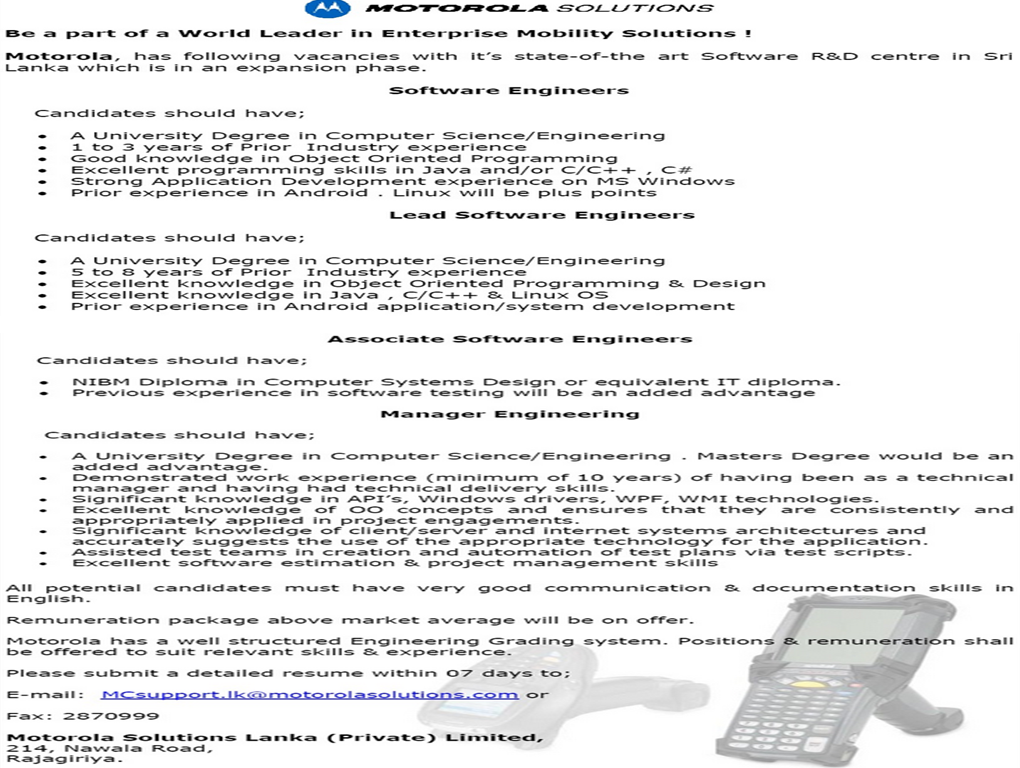Improving cervical cancer detection
A genetic algorithm can be applied to Raman spectra for the rapid, in vivo identification of pre-cancerous tissues in the cervix, according to work recently published in The Analyst.
Shiyamala Duraipandian, Wei Zheng and Zhiwei Huang of the Optical Bioimaging Laboratory, in the Department of Bioengineering, at the National University of Singapore and Joseph Ng, Jeffrey Low, and A. Ilancheran in the Division of Gynecologic Oncology, at the National University Hospital explain how cancer of the cervix is the second most common malignancy and the fifth leading cause of cancer deaths among women worldwide. Early, accurate diagnosis is essential for good outcomes but the Papanicolaou (Pap) smear test and colposcopy although routine procedures in cervical cancer screening have inherent false positives and negatives. An approach that can be carried out in vivo that precludes false positives and negatives and can spot pre-cancerous cells readily could shift the statistics on this disease towards lower morbidity.
Writing in The Analyst, the team explains how they have evaluated the clinical utility of near-infrared (NIR) Raman spectroscopy in detecting pre-cancerous cells. The team used a genetic algorithm-partial least squares-discriminant analysis (GA-PLS-DA) technique to allow them to interpret the Raman NIR spectra. Such a cheminformatics analysis would allow them to quickly detect biomolecular changes in cervical tissues associated with the earliest stages of cancer, so-called neoplastic transformations.
The team tested their approach on 105 NIR Raman spectra obtained from 29 recruited patients from 57 different sites on the cervix, 35 normal and 22 known pre-cancerous sites. The genetic algorithm incorporated into PLS allowed them to investigate the significant biochemical Raman bands for differentiation between normal and pre-cancerous cervical tissues. As such, they identified seven diagnostically significant Raman bands related to proteins, nucleic acids and lipids in tissue. "This yielded a diagnostic accuracy of 82.9% (sensitivity of 72.5% (29/40) and specificity of 89.2% (58/65)) for pre-cancer detection," the team says.
Ailing smear campaign
By comparison, the Pap smear has a diagnostic sensitivity and specificity in the range 30 to 87% and 86 to 100%, respectively. However, it cannot offer high detection sensitivity and specificity simultaneously. Likewise, colposcopy is highly sensitive at about 96% but has specificity as low as 48% for cervical pre-cancer/cancer examination. "Distinguishing low-grade pre-cancer from normal/benign cervical tissue is also difficult even in the hands of expert colposcopists because the benign changes in the cervix tissues may also express similar features of low-grade pre-cancer," the team explains. All of which means that many women end up having unnecessary biopsies and treatments to allow their oncologist to make a diagnosis and to achieve a positive outcome for their patient.
The team suggests that their NIR Raman approach with its robust statistical analysis could radically change how cervical cancer and pre-cancer are diagnosed. The researchers believe that, "The results of this exploratory study suggest that Raman spectroscopy in conjunction with GA-PLS-DA and dCV methods has the potential to provide clinically significant discrimination between normal and pre-cancer cervical tissues at the molecular level."
The researchers are currently carrying out additional in vivo Raman measurements with a group of an additional fifty patients. This, they say, will provide them with a larger Raman spectroscopic data set on which to build and even more stable analytical model. They are also working to log factors that might confounding the genetic algorithm during analysis, such as biomolecular differences due to age, menopausal status, race, human papilloma virus (HPV) infection and whether the patients are smoker or non-smokers. These factors will ultimately be incorporated into the model to improve accuracy still further. "We anticipate that in vivo Raman spectroscopy associated with robust GA-PLS-DA and dCV modelling can become a clinically useful tool for rapid, non-invasive detection of cervical pre-cancer at the molecular level during clinical colposcopic examination," the team concludes.










